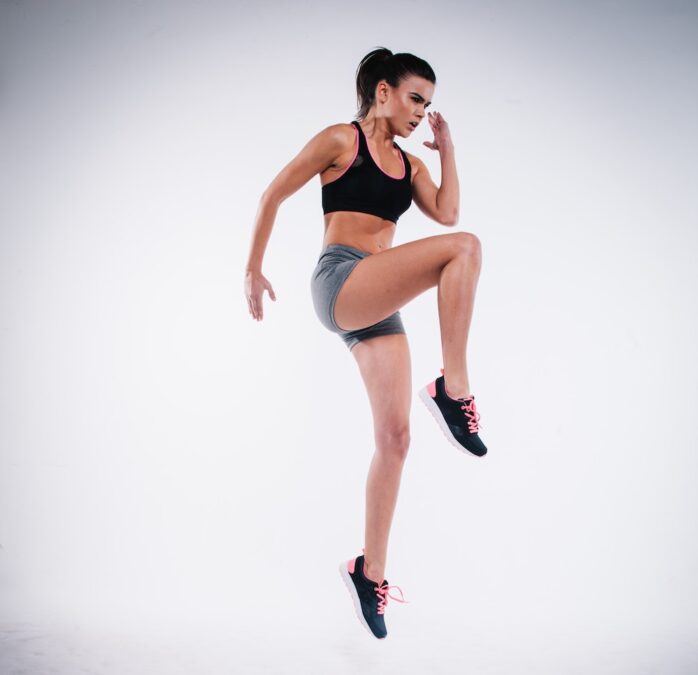There are a lot of conflicting ideas out there on whether or not bodyweight exercises will build muscle. Some say bodyweight workouts will keep you lean, but not give you muscle mass. Others argue that bodyweight is all the weight you need, and lifting weights at the gym or at home is unnecessary (even dangerous) for building muscle.
Neither statement is entirely true all of the time. Why? Because there are several factors that come into play when determining the efficacy of building muscle through bodyweight training. Let’s explore those factors a little more in depth.
Body Type
If you’re someone who has difficulty building muscle in general, this is probably the factor you prefer not to consider. Nobody wants to be told their muscle mass goal is unrealistic, but if you’re relying entirely on bodyweight workouts to get you there, your body type will determine how well your muscles respond. Either you’ll get stronger and leaner, or you’ll get stronger and develop bigger muscles.
Maybe you already know what body type you have, or maybe you’ll just have to try it out. Don’t base your results entirely on body type, though. There are other things you can do to encourage muscle growth through bodyweight workouts. Keep reading.
Rep More, Rest Less
When you’re lifting heavy weights, it’s normal to rest for a full minute or two between reps. However, when you’re doing bodyweight workouts, you want to increase the stress you put on your muscles for as long as possible in order to build muscle. Some studies have shown this approach to be more effective in increasing metabolic stress and muscle mass than lifting heavy weights and taking longer breaks.
Of course, if you’re not resting between reps, you can fit a lot more activity into a 60-minute workout than you otherwise would. That means you have time for more reps (and holds). As a rule of thumb, when you’re exercising with strictly your bodyweight, plan to double the number of reps that you would typically do at the gym when using weights. Also, incorporate more holds into movements like squats and pushups.
Quality Over Quantity
While high reps are recommended for bodyweight training, what’s even more important is focusing on the quality of your movements.
If you’re doing 100 air squats in a minute without breaking a sweat, chances are you’re not squatting deep enough to really use your glutes. Instead, take more time on your squats, and go low so that your muscles can grow through the full expression of the movement. Doing more reps faster uses fast twitch muscles and fails to utilize those larger muscles and the deep muscle tissue that will result in noticed muscle growth.
Progression
If you continue doing the same bodyweight exercises forever, you’ll maintain fitness, but you will not improve. In other words, by maintaining your fitness level, you’re not giving your muscles the opportunity to grow stronger (or larger).
To grow strong muscles with bodyweight workouts, you have to increase resistance. Instead of doing standard pushups, do pike pushups. Or instead of doing air squats, do pistol squats (one leg). Both of these variations increase resistance by using gravity or altering the form so that your muscles are forced to work harder and get stronger.
Nutrition
Just like any other time you’re building muscle, what you put into your body matters. Reach for high-protein foods, and make sure you’re getting enough calories throughout your bodyweight training phase. If you have a calorie deficiency at the end of the day, you’re going to stay trim, but your muscles aren’t going to have enough fuel to grow larger.
Need help?
There’s a lot to this whole exercise thing. If you want an expert by your side making a customized plan for you and bringing fresh motivation every step of the way, contact Balance Fitness about a personal trainer. Our trainers are top notch, and they’ll do whatever it takes to help you achieve your fitness goals.


